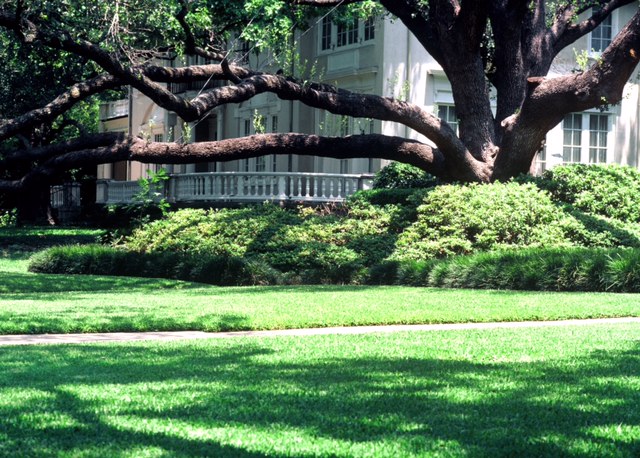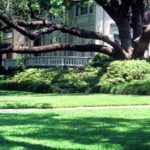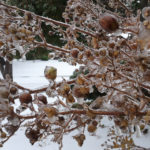Editor’s Note-These tips were prepared especially for Lentz Landscape Lighting by renowned Texas gardening expert Neil Sperry.
Those beautiful shade trees that showcase your glorious Lentz Landscape Lighting are your garden’s most valuable assets. Late summer is a very challenging time for them. Here are ways to lessen that stress.
- Water deeply and less frequently. That encourages deeper root growth to moisture.
- Be sparing in fertilizer applications this month. Trees don’t need to be trying to put a lot of new growth on in all of this heat. September will be a perfect time to fertilize both your shade trees and turfgrass.
- Avoid any type of root damage such as cutting trenches until October if at all possible. Trees need every root available to help them pull through the rest of the summer.
- Be mindful of pest problems that are likely to show up now. Fall webworms may appear in pecans, walnuts and others. Lace bugs may turn leaves of bur oaks, chinquapin oaks, American elms, sycamores and a few other shade trees (as well as shrubs) to a light tan color.
- Some trees may be showing iron deficiency. Newest leaves at the ends of the branches will be yellow with dark green veins. If this involves water oaks, willow oaks, pin oaks (sometimes mistakenly labeled as red oaks), sweetgums, pines and others, my best advice is to consider replacing these trees if you have highly alkaline native soils. It’s extremely expensive and rarely beneficial to add iron to these poorly adapted species.
- Some trees may be burning and browning around the tips and edges of their leaves. That’s a sure sign of moisture stress, whether caused by insufficient irrigation, trunk or root damage or poorly adapted tree species.
- Large-leafed trees such as mulberries, cottonwoods, catalpas, silver maples, varnish trees and sycamores typically have two “autumns.” One is the normal one that rolls through in November. However, it’s not uncommon for these trees to shed one-third of their leaves by late July and August. They simply cannot pull water out of the soil fast enough to keep up with demand. Their only recourse is to shed the foliage to lessen the stress. This is fairly normal and does not necessarily indicate any particular problem.
Of course, the best suggestion of all is always to rely on the help of a certified arborist for the care of all your valuable shade trees. For more gardening tips, visit Neil Sperry’s website: http://neilsperry.com







